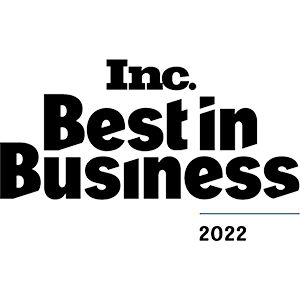How many times have you found yourself on a refrigerator purge, guiltily glancing at the long past use-by dates, or sniffing questionable items destined for your trash?
If food loss and waste were its own country it would be the third-largest greenhouse gas emitter in the world, right behind China and the United States. Fear not; it’s not all from your fridge. It happens across the whole supply chain, from farm harvests, processing, packaging, and distribution. Approximately one-third of all food produced in the world goes to waste.
SDG 12.3 is an opportunity for the world to curtail food waste and loss, and food businesses need to step up.
Brands like Tesco, Kellogg Company, Walmart, and Nestle are actioning a target-measure-act approach. And why wouldn’t they when research shows that they stand to save $14 for every $1 they invest in reducing food waste.
But what about consumers?
What can be done by the food business to engage and educate consumers in the fight to reduce food waste and loss on our planet? Here are some superpowers the food industry at large can activate:
The Power of Packaging and Promotion
Way back in 2009, Tesco introduced a slight variation to the age-old promotion – buy one get one free…later. In the years following, multi-buy offers were phased out of British supermarkets, and last year France banned the promotion entirely. Retailers need to avoid traditional advertisements in favor of helping customers make healthy decisions that reduce waste and still offer value for money. RIP, BOGOF.
Packaging is also something that retailers have the power to change when it comes to helping guide consumers on a food waste-free mission. Walmart recently announced its goals around reducing plastic packaging. By 2020 they plan to have How2Recycle labels on 100% of their food and consumable private brand packaging.
Put simply – make it easier for your consumers to make better decisions; they can get by with a little help from their food brand friends.
The Power of Innovation
Meal kits might not be the first thing you think of when the term ‘disruptive innovation’ is applied to the waste problem. Still, they have a smaller carbon footprint than grocery shopping, and according to a study by BSR, waste 62% less food that grocery shopping because of their pre-measured portions. When we turn to technology it doesn’t just impact the supply chain (providing data, access, and transparency) it is also directly helping consumers. Blueapple is a great example – a simple, affordable product that absorbs ethylene gas in refrigerators extending produce shelf-life up to three times longer.
Continuing to innovate how we shop through to how we eat can provide an opportunity to change behavior at scale for the better.
The Power of Stigma
In 2016 Sainsbury’s conducted a study in the UK that found only 3% of people feel there’s a stigma attached to discarding food waste. It’s not all that often in marketing you get to create a stigma instead of eliminating one.
In Seoul, Korea 10 million residents started paying for their household food waste in 2013. Smart technology measures their food waste when they dispose of it in smart bins. With a tap of an ID card, they can see how much waste in weight they are throwing out and how much they will be charged.
Storytelling is critical, creating experiences to ensure the problem has more of a connection to people, and that they understand their role in it. FEEDBACK is an organization that hosts ‘Feeding the 5000’ events to showcase the scale of the food waste problem and serves up some delicious solutions. Their founder Jordan Figueiredo was also responsible for helping launch the Ugly Fruit and Veg campaign petitioning retainers to sell “ugly” produce.
It’s clear a cultural revolution is needed in how we think about and treat our food waste. There’s an opportunity for the food industry to come together, take ownership of the problem and empower the people they serve who are hungry for positive change.















